What is a compliance audit?
A compliance audit is a systematic examination of a company’s conformity to certain benchmarks established by a regulatory authority. An auditing team conducts compliant audits to assist the organisation in standardizing procedures, identifying organizational gaps, and mitigating risks.
Compliant audits are essential for businesses to ensure that they are complying with legal standards or are attempting to align with established limits. Organisations benefit from regular compliance audits to ensure a safe working environment, increase productivity, prevent penalties, establish a good reputation and continuous operation. Read the official gov.uk guidance page for more information.
It might be as simple as stating that a company complies with a standard, legislation, or others need to achieve compliance. Organisations, on the other hand, are increasingly looking for proof that their prospective partners and clients are adhering to relevant mandates. Prior to completing any contracts or other agreements, this is usually an important element of the vendor evaluation process.
Having auditors conduct an investigation, create a report on their findings, and give as attestation of those findings is one of the most effective ways to verify compliance. This can be accomplished through one of three compliance auditing methods: self-audit and attestation, internal audit and attestation, or third-party audit and attestation.
When preparing for a compliance audit, conducting the audit, and facilitating the final report, recommendations and attestation, numerous critical actions must be handled, regardless of whether approach is chosen.
A compliance audit preparation checklist may assist businesses in ensuring that they are prepared for the audit and that they will receive the desired audit findings.
To guarantee that an organisation is ready for a compliance audit, the following components are required:
- Access to company operations or visual observation of compliance-related activities
- Access to written documentation – both hard-copy and electronic – certifying the steps taken to achieve compliance.
Audit Compliance Readiness Checklist
Following these important procedures will show that a business is prepared for the compliance audit and has anticipated the auditor’s requirements.
- Determine the metrics that will be audited for compliance. Standards, rules, business policies, laws and legal precedent, acknowledged behaviours that constitute good practice are examples of these.
- Ascertain that the auditors are familiar with the things to be audited. It may be required to educate auditors about the organisation’s unique compliance obligations so that they can conduct a thorough review.
- If you’re hiring an external audit company, make sure the audit team has a space to work. A conference room is a great place to work, and it may also be utilized for interviews.
- Make sure thee audit team has copies of all relevant compliance audit documentation. Standards and regulations, as well as other measures, are included.
- Identify workers who are small businesses and are likely to be interviewed by auditors. Confirm their availability during the audit period, and inform them that they may be requested to answer to the auditors’ follow up questions.
- Prepare to set up an interview schedule for the auditors.
- Have copies of internal documentation that proves compliance. Results, emails, policies, procedures, testing reports, past audit reports, and meeting minutes are all examples. Attempt to offer more evidence than is required so that auditors do not need to request more items to review.
- Pre-audit meetings should be held with the team that will most likely be participating in the audit. During the audit, all parties, from SMEs to senior management, will have a clear understanding of their roles and responsibilities.
- Prepare a pre-audit meeting with the auditors to discuss their strategy and what they will require throughout the audit. This covers the procedure of getting their audit report attestation.
- Prepare a rough timetable and timeframe for the auditors and make it available to them. They may have their own project method and schedule, but it definitely demonstrates that the company is prepared.
The focus should be on preparation and a thorough grasp of the topics to be audited while preparing for a compliance audit. Make sure you’re aware of the audit’s conclusions, such as a report and suggestions.
Following the release of the compliance audit report, companies will most likely have a list of things to address and time constraints in which to do so.
We’re here to help
At Hyde Park Environmental we offer site surveys to ensure you are compliance and ready for any audits that may come your way.
Get it touch to discuss compliance and your spill control and containment needs.









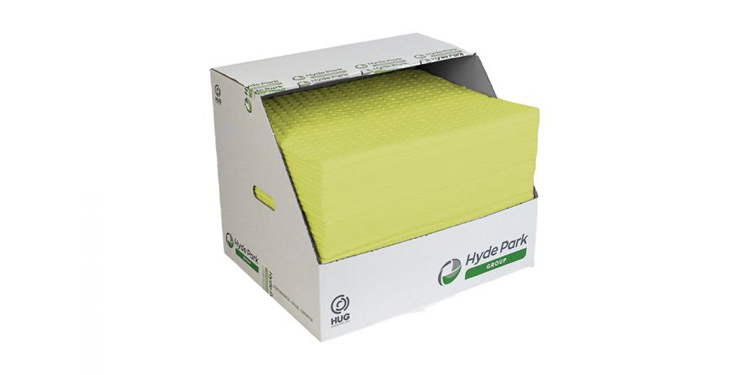



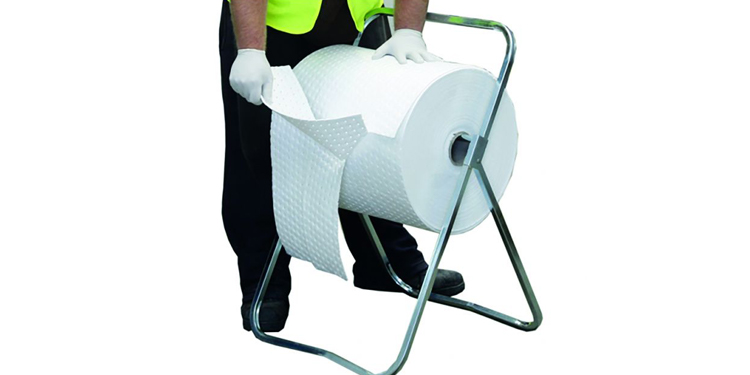
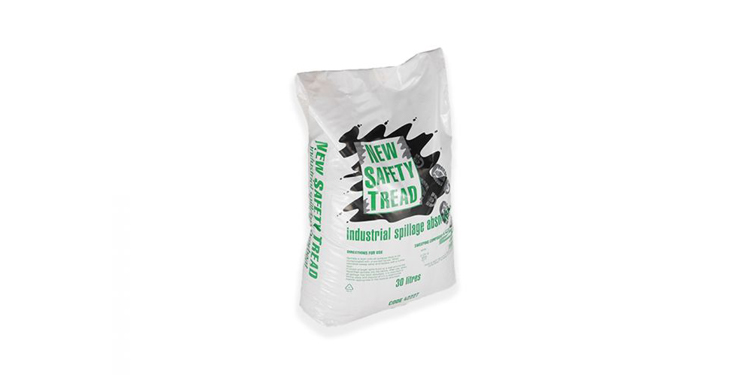
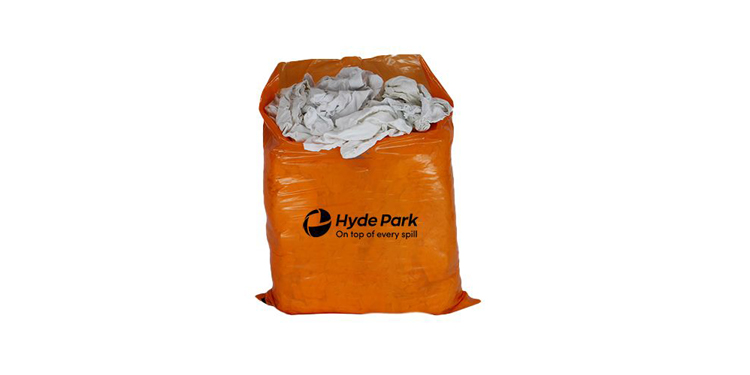

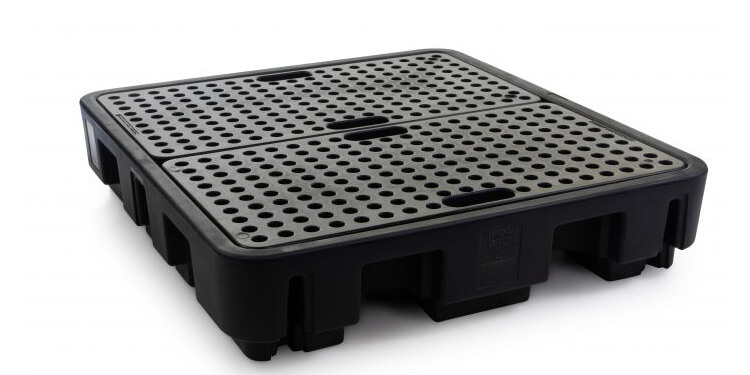
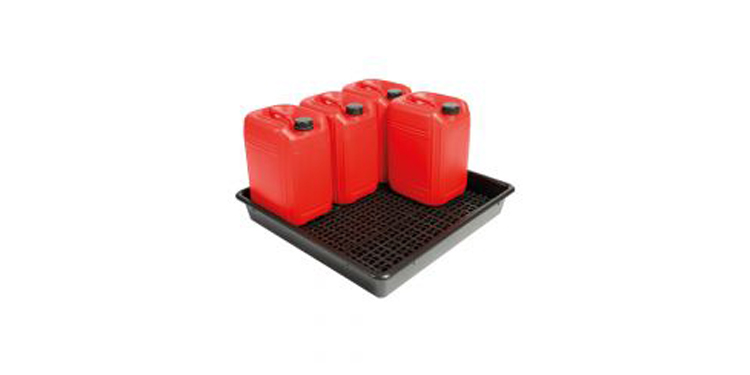
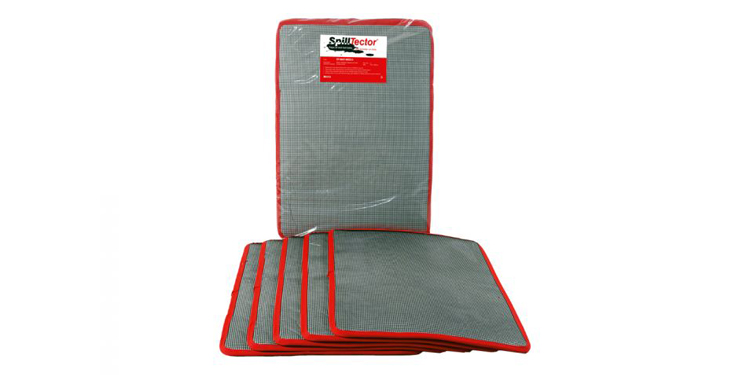




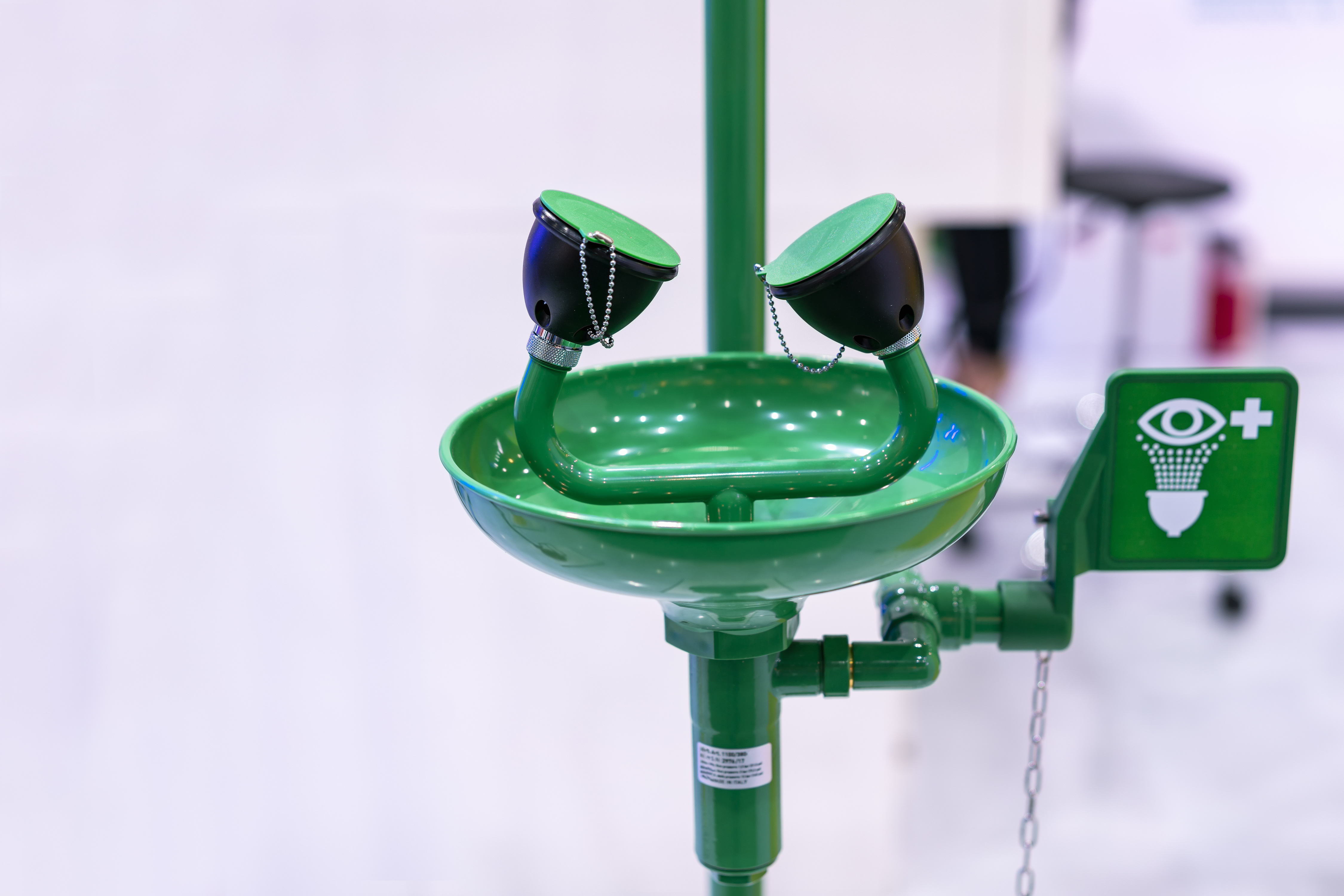


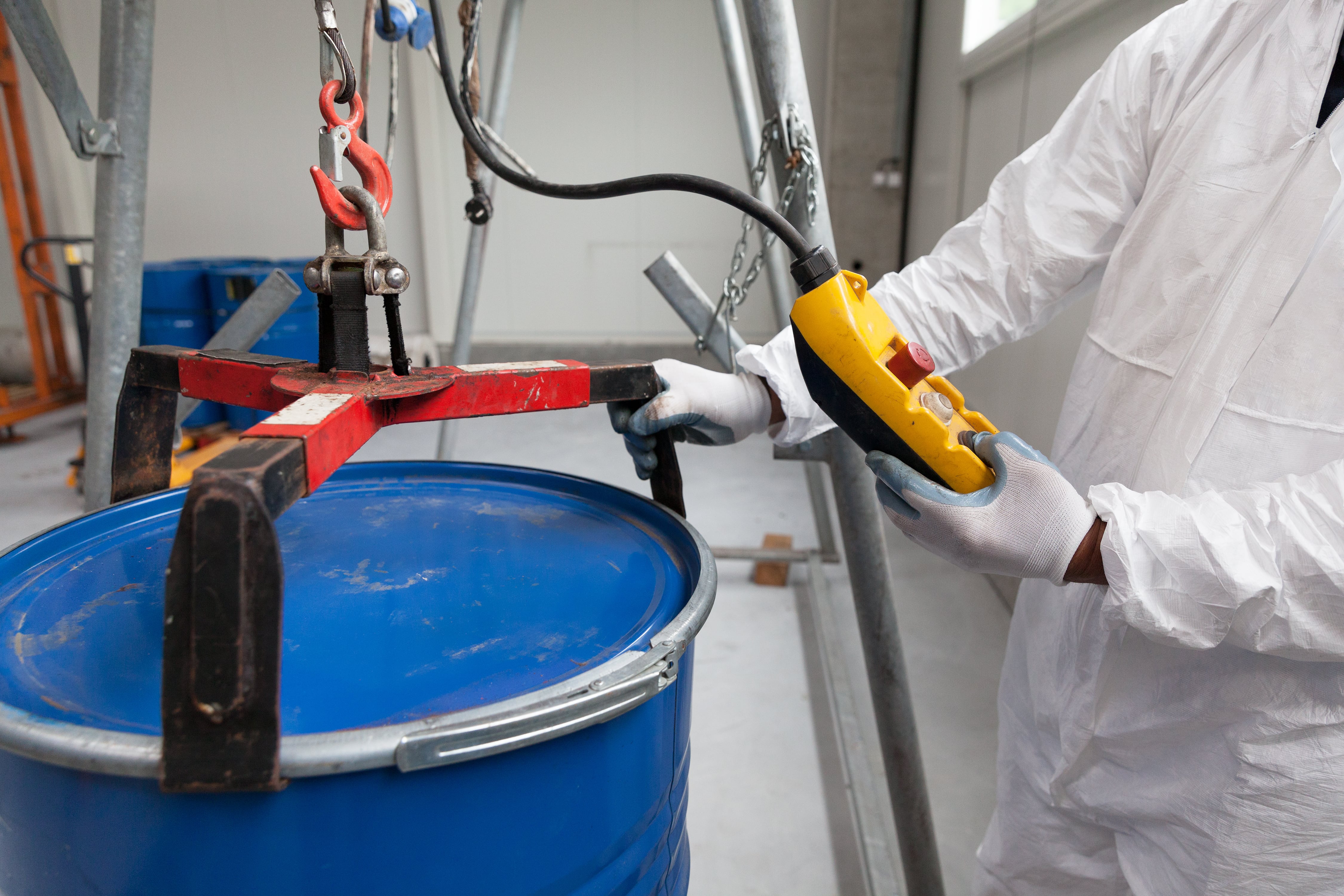
 Price Match Promise
Price Match Promise Same Day Despatch
Same Day Despatch On Site Support
On Site Support Account Managers
Account Managers